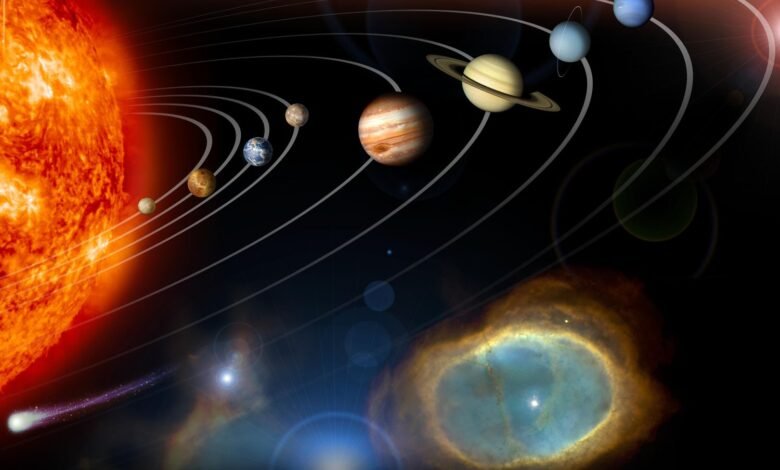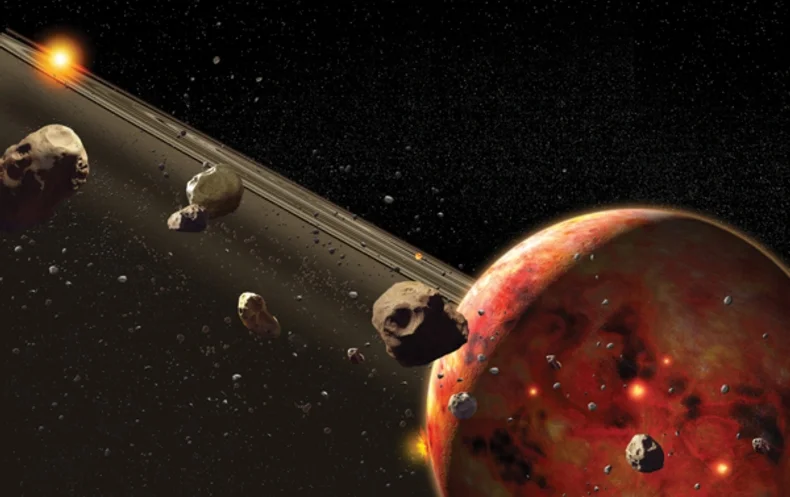
In our Solar System Astronomers Find a New Ring System? The Hubble Space Telescope captured these three images of Saturn, which were first published on September 9, 2003, on March 7, 2003, as the solar system’s most beautiful planet’s southern hemisphere attained its maximum 27-degree tilt towards Earth. The false-color photographs were created using a variety of filters that covered the electromagnetic spectrum from ultraviolet (top), to visible (middle), and infrared (bottom) wavelengths, highlighting various characteristics in the Saturnian atmospheric bands and rings.
Read More: How Has Technology Affected Usin 2023?
The team discovered the novel ring structure using HiPERCAM, a very sensitive high-speed camera developed by scientists at the University of Sheffield.
Astronomers Find a New Ring System

The 10.4 m Gran Telescopio Canarias (GTC), located in La Palma, Spain, is the largest optical telescope in the world and also features this camera.
The rings in the image are too small and faint for direct observation.
Instead, they observed an occultation, which is when a background star’s light is blocked by Quaoar’s orbit of the Sun.
Two unexpected light dips before and after the event, which lasted less than a minute, revealed a ring structure around Quaoar.
Only tiny planets like Chariklo and Haumea, as well as Jupiter, Saturn, Uranus, and Neptune, are known to have rings in the Solar System.
All of the previously found ring systems can endure because of their close orbits to the parent body because tidal forces prevent the ring material from accreting and creating moons.
In contrast to what was previously thought to be the maximum radius permitted by the so-called “Roche limit,” the greatest distance at which ring systems are meant to exist, the ring system around Quaoar is distinct because it is twice as far away.
In contrast, Saturn’s main rings are situated three planetary radii away. Therefore, in light of this finding, ring formation hypotheses need to be reexamined.
Read More: How to Stay Current With New Technology Trends
Vik Dhillon, a co-author of the study, stated in a statement that the discovery of this novel ring system in our solar system and the discovery of the rings so far from Quaoar “challenged our previous views of how such rings originate.”
Since the event lasted less than a minute and the rings are too thin and faint to be seen in a direct image, the use of our high-speed camera, HiPERCAM, was essential to this finding.
The team’s research was released in Nature.











